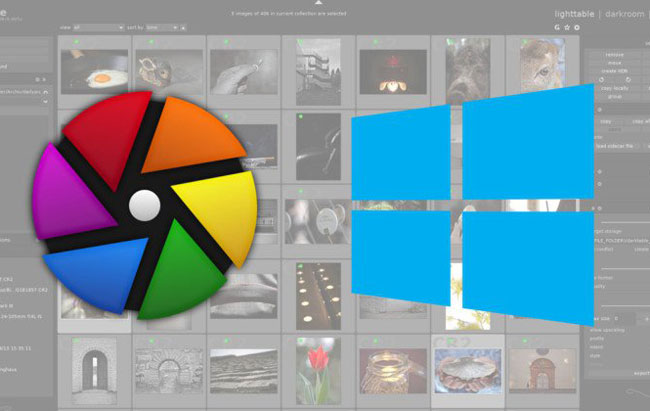

Click that icon and you'll see 7 modules that handle all the basic adjustments you're likely to need: Exposure, Crop and Rotate, Lens Correction, Denoise, Color Calibration, Local Contrast, and Color Balance RGB. You'll find the quick access panel, with all these basic adjustment modules, under the slider icon on the right side of the darkroom view. This makes the editing of masks in images with significant distortion much easier. The order in which things are applied to the image (the pixelpipe in Darktable parlance) has been tweaked so that masks are applied to the RAW data.Ĭonsider the distortion applied by a perspective correction, if you draw a circular mask on that, it will now appear as an ellipse, giving you a visual representation of the way the mask is applied. Masks get another tweak in this release, which makes them completely WYSIWYG. This is particularly useful in scenes with shallow depth of field, allowing you to easily mask the sharp parts of the image to either apply effects to them, or hold back effects so they don't apply to them. The ability to mix hand-drawn masks with parametric masks (which used to be called "conditional blending") allows for almost unlimited retouching power.ĭarktable 3.6 adds yet another option to the masking mix: the ability to create an opacity mask based on the sharpness of the image.

Darktable has always excelled at masking, meaning selecting, hiding and showing various areas of an image so you can alter and edit them in a non-destructive way.


 0 kommentar(er)
0 kommentar(er)
